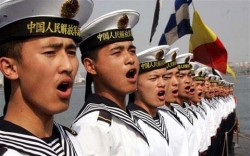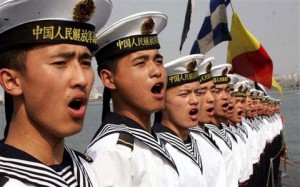
A new manufacturing process has the potential to profoundly change the supply chain of the navies. Imagine you’re at sea. A critical component fails in a ships’ main engine. Today you’d likely spend hours scrambling to report the incident and days or weeks waiting for the replacement to be shipped or flown aboard. Now imagine instead you could simply call down to the supply department, tell them the piece you need, and wait as the duty supply officer looks it up in a database and prints you out a new one. Yes, prints.
The Economist last week featured a special report on the “Third Industrial Revolution,” including an article on the advent of additive manufacturing, also known as 3D printing. Additive manufacturing creates an object by adding raw material to a base in steps or layers through sprays or other processes.
Over the next week I’ll be joined by friend and new contributor Matt Hipple in a series of blog posts to ponder the implications and impacts of 3D printing on maritime security, specifically the effects on the logistics of the U.S. Navy. By coincidence, or the fact we both regularly read The Economist, we discovered we were both working on pieces on the same subject.
We hope you’ll be the beneficiaries of this stroke of fortune, and we equally hope you’ll contribute your thoughts to the discussion on this exciting new technology and its potential for the sea.
Photos: AP






